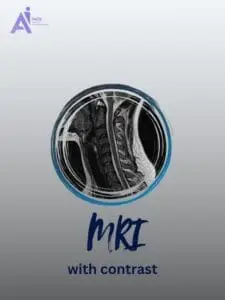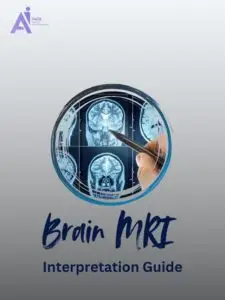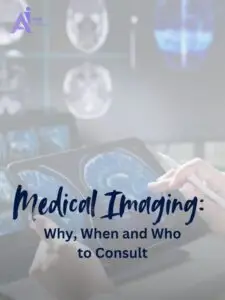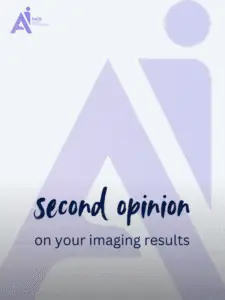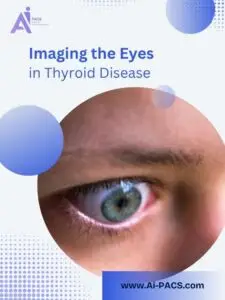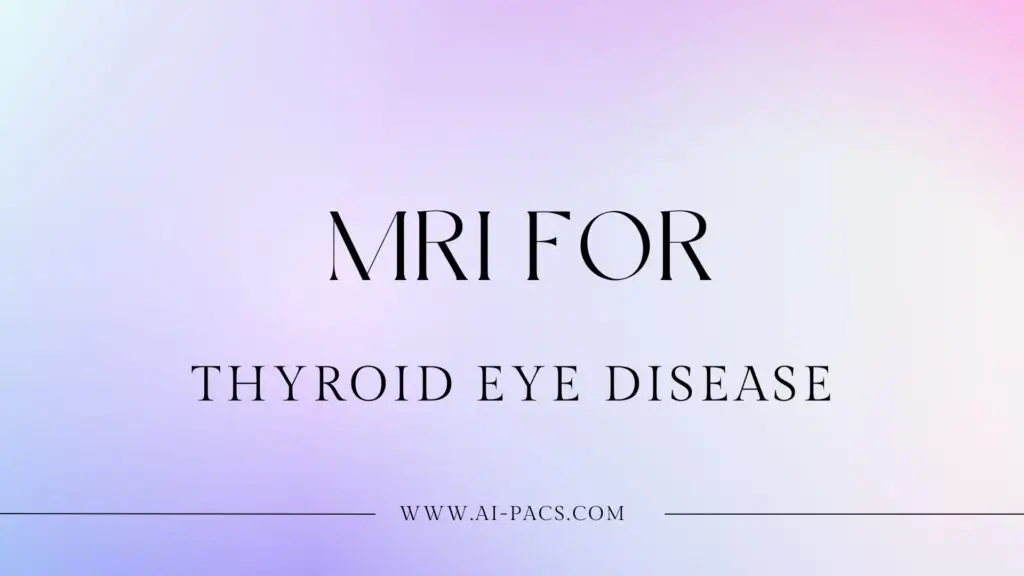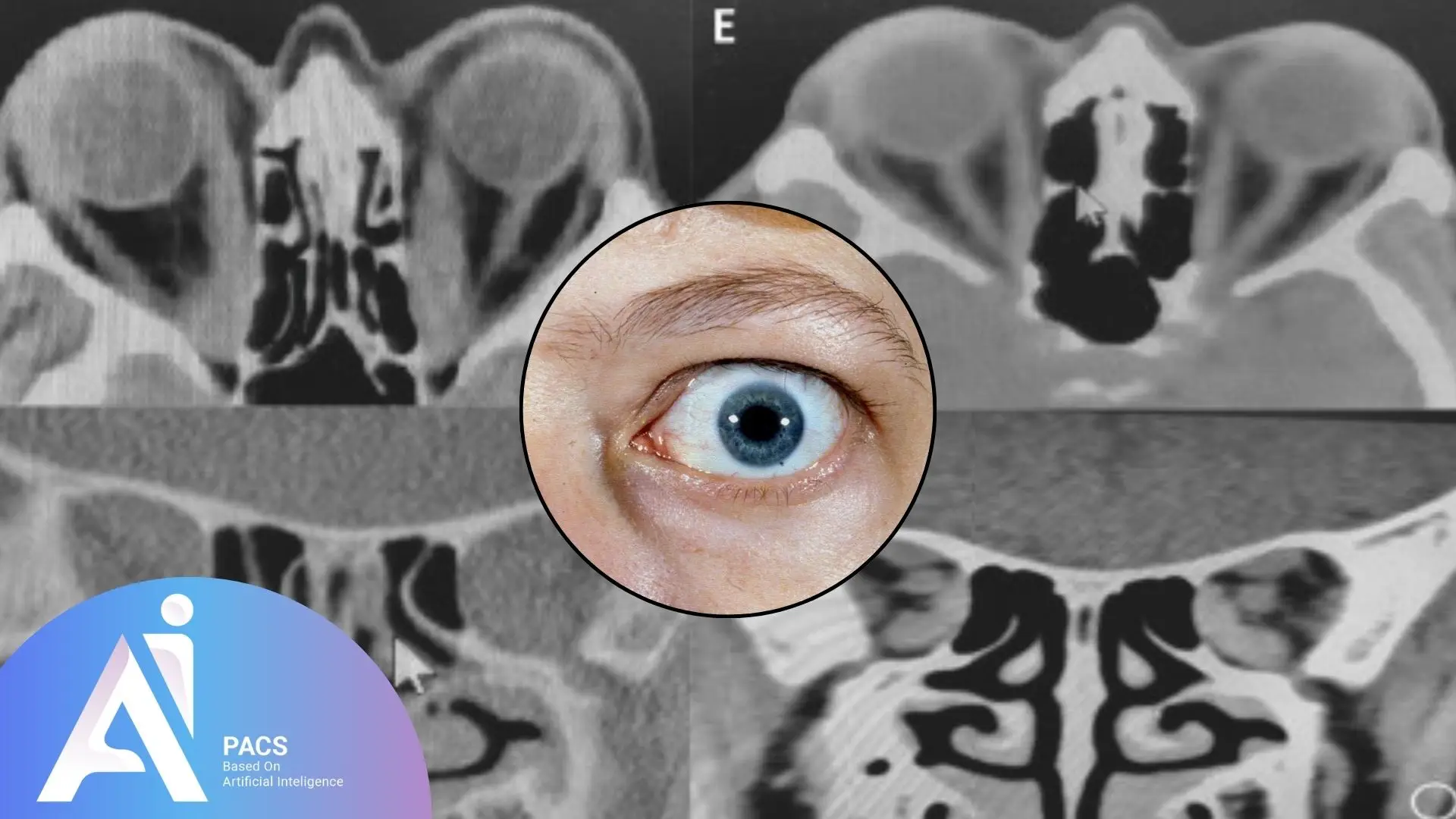
A Patient’s Journey:
From Eye Discomfort to Diagnosis
A 45-year-old woman with a history of hyperthyroidism began noticing eye bulging and discomfort around her eyes, worsening over several months. She experienced double vision and a gritty sensation in her eyes. Her physician referred her for an orbital MRI, which confirmed thyroid ophthalmopathy with enlargement of the extraocular muscles, especially the inferior and medial rectus. Early diagnosis allowed her endocrinologist and ophthalmologist to start appropriate treatment, reducing her symptoms and preventing vision loss.
Why Is Imaging Important in Thyroid Eye Disease?
Thyroid ophthalmopathy can lead to:
-
Exophthalmos (eye bulging)
-
Double vision and restricted eye movement
-
Eye discomfort and dryness
-
Optic nerve compression in severe cases
How Imaging Helps:
-
CT and MRI of the orbits evaluate the extent of muscle enlargement and fat proliferation.
-
Imaging differentiates thyroid ophthalmopathy from orbital tumors or other inflammatory conditions.
-
MRI is crucial for assessing optic nerve compression, which can threaten vision.
-
Imaging aids treatment planning, including surgery or orbital decompression if needed.
When Should Imaging Be Performed?
Urgent Imaging Is Needed If:
-
Sudden vision loss or significant vision changes
-
Severe eye pain or restricted eye movements
-
Signs of optic nerve compression (reduced color vision, visual field loss)
Routine Imaging Is Beneficial When:
-
New or progressive eye bulging in thyroid patients
-
Diplopia (double vision) develops
-
Persistent discomfort despite medical therapy
-
Before planning surgical intervention for decompression

Who Should Get Imaging and Expert Review?
Candidates for Imaging Include:
-
Patients with thyroid dysfunction and eye symptoms
-
Those with progressive exophthalmos
-
Patients with diplopia or vision changes
-
Individuals being evaluated for orbital decompression surgery
Why a Second Opinion Matters:
Thyroid ophthalmopathy can mimic other orbital conditions, and identifying optic nerve compression or differentiating it from other orbital pathologies requires expertise. A second opinion ensures an accurate interpretation of imaging results and helps confirm the best treatment path, while also preventing complications.
AI-PACS Is With You
At AI-PACS.com, we provide expert second opinions on orbital imaging in thyroid ophthalmopathy, helping you and your care team:
-
Confirm the diagnosis
-
Assess severity and risk to vision
-
Plan for medical or surgical treatment
-
Rule out other orbital diseases
Get your imaging reviewed for clarity and peace of mind: Visit our Online Report Page
Final Thoughts
Thyroid ophthalmopathy can significantly impact vision and quality of life. Early and accurate imaging plays a crucial role in assessing the severity of the condition, guiding treatment, and preventing complications.
If you or a loved one experiences eye bulging, double vision, or changes in vision in the context of thyroid disease, consider seeking an expert review of your imaging to guide your next steps and protect your vision.
Take the next step. Get your thyroid eye MRI reviewed by an expert today
Reference:

